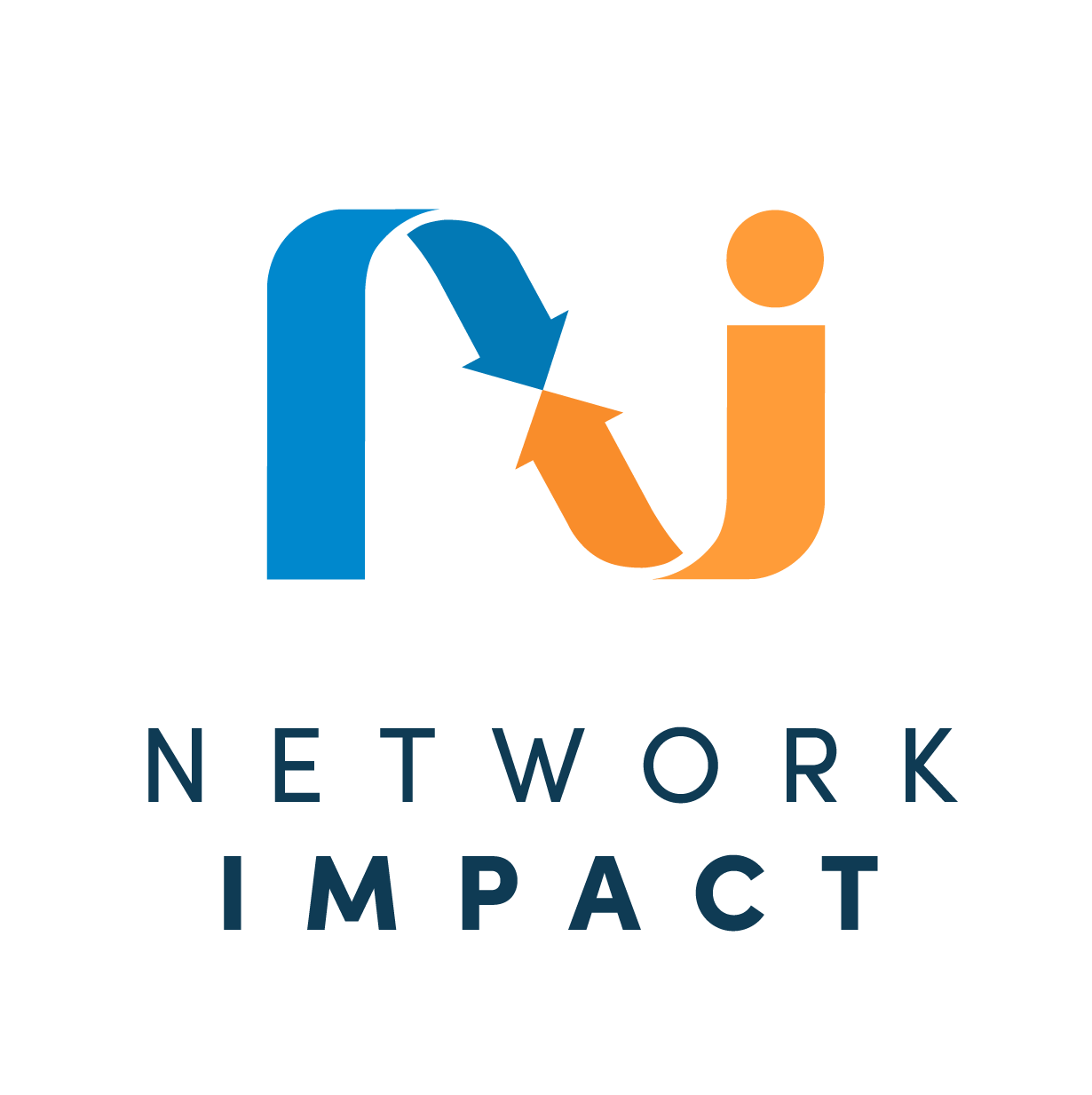Network Mapping: A Bump in the Road
July 2010
Monitoring changes in a network’s member-to-member connections is integral to network evaluation, especially when a network’s performance depends on its evolution (e.g., from low levels of connectivity to higher levels of connectivity, conversion of weak links to strong links, etc.). One way to display information about a network’s evolution is to create network maps We use special mapping software to analyze and visually display the information that we gather about network connections and changes over time. We’ve found that network maps generated in this way reveal patterns that are hard to “see” in the raw data and that are difficult to summarize narratively.
Network mapping for evaluation purposes can be challenging, however. I was reminded of this recently when I set about mapping ties among homeless service providers in Massachusetts. In this case, pilot efforts to reduce rates of homelessness in the state are being implemented through ten new regional partnerships of many organizations. From the start, our evaluation envisaged the production of ten sets of “before” and “after” regional network maps to demonstrate and compare patterns of network change in relations among the partnering organizations.
We started on the right foot. We added a set of “network connections” questions to an online Network Health Survey that was already in the pipeline (network mapping practice #1: don’t over-survey). We discussed the potential utility of the results with network coordinators – not just the value to the evaluation but also to network members who, we thought, might use the visually compelling network maps to publicize and promote their new ways of working (practice #2: establish salience). We encouraged coordinators to publicize and promote the mapping project (practice #3: pre-notify and follow up with reminders). But, in the end, we were hampered by a low survey response rate from some networks.
In certain kinds of quantitative research, one can make do with a statistical sample. However network mapping of the kind we do requires close to a 100% response rate. We mapped “before” and “after” connections in 6 of the 10 networks and found some interesting patterns. In the other 4 networks, critical information was missing. Any story told in a graphic based on incomplete data would have been misleading.
What went wrong. We delivered our survey by email which has some advantages: people tend to provide longer open-ended responses to e-mail than to other types of surveys; research shows that responses to e-mail surveys tend to be more candid than responses to mail or phone surveys. In this case, however, many of our intended respondents were “fed up” to start with email and, as service providers, were already “over-surveyed” from other sources. (Turns out the problem is wider. The U.S. population as a whole is over-surveyed; response rates in the U.S. for all types and manner of survey are declining as a result). This is something we will pay closer attention to in the future.
